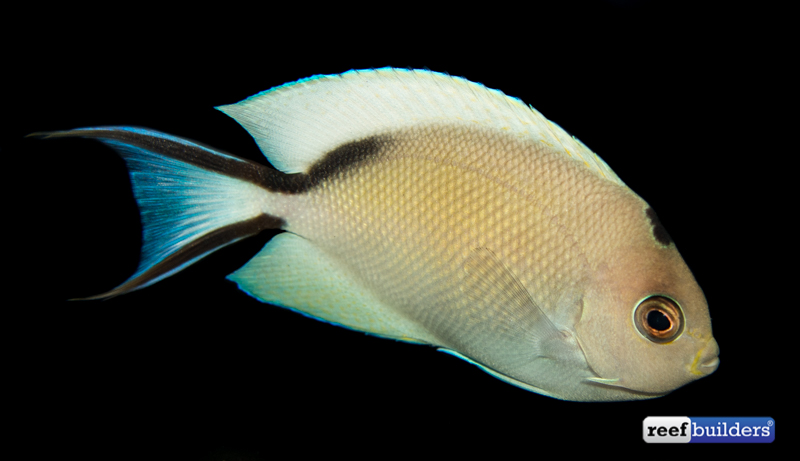When I first fell in love with the whole diverse family of angelfishes, Genicanthus caudovittatus was known as the ‘Red Sea Zebra’ angelfish, because back then, this species was only known to occur in the Red Sea and surrounding waters. Then in the late 90s this fish was documented way out in the Maldives, and subsequent years brought further range extensions of this fish to India, Sri Lanka, Thailand, and then Northern Sumatra in Indonesia.
Discovering this species of swallowtail angelfish throughout the Indian Ocean where no other congeners are known is less of a surprise these days, but we still remember the excitement of this elusive species becoming collected in the Maldives when the Red Sea shipments had dried up. In my mind, G. caudovittatus is still a ‘Red Sea’ fish to me, it just now happens to enjoy a greatly enlarged natural range throughout the Indian Ocean.

So you can imagine my surprise when specimens of this fish appeared at Bali Aquarium from an Indonesian supplier east of Bali! That’s right, a formally Red Sea fish was being collected in the heart of Indonesia, well beyond the Wallace Line which tends to keep animals, one one side of the divide or the other.
 We learned that it is not that rare to see a Genicanthus caudovittatus in Central Indonesia, but neither are they common. We were informed that some years when the wider Indo-Pacific basin has a low water levels, it tends to suck in waters from the Indian Ocean, and this is likely how the little Ms. Jenny got a ride from the Indian Ocean side of Sumatra all the way past Bali.
We learned that it is not that rare to see a Genicanthus caudovittatus in Central Indonesia, but neither are they common. We were informed that some years when the wider Indo-Pacific basin has a low water levels, it tends to suck in waters from the Indian Ocean, and this is likely how the little Ms. Jenny got a ride from the Indian Ocean side of Sumatra all the way past Bali.
This phenomenon explains how waifs can make it so far into the Indo-Pacific basin, and these lonely fish are probably the source of the myriad of hybrid reef fish we see all over the region. This female zebra angelfish may not yet be a showstopping reef fish but the insight that this one individual offers us to the dynamics of reef fish dispersion is still quite special.




